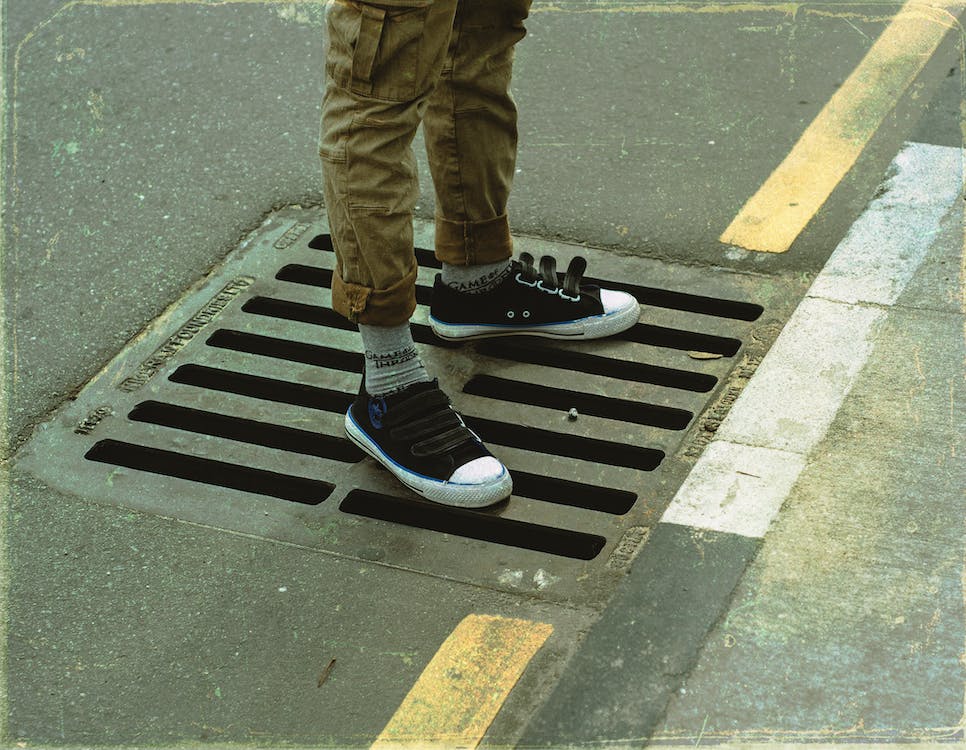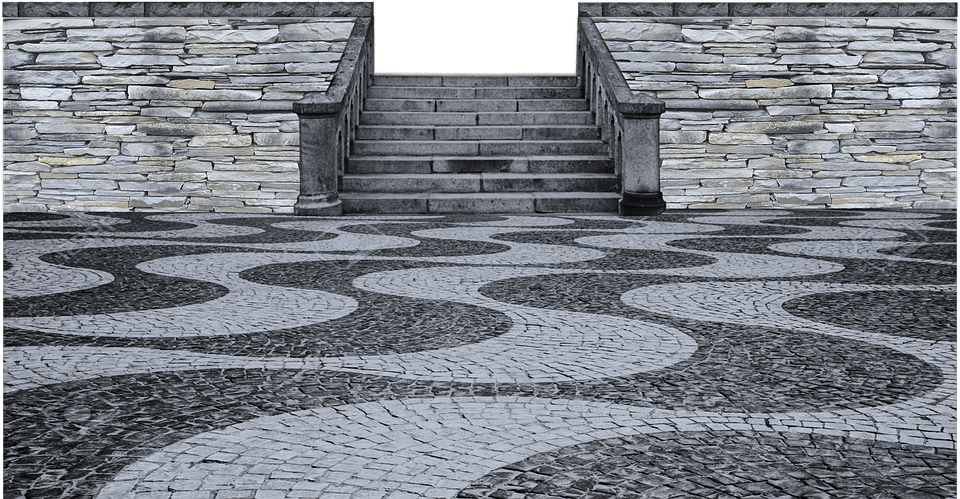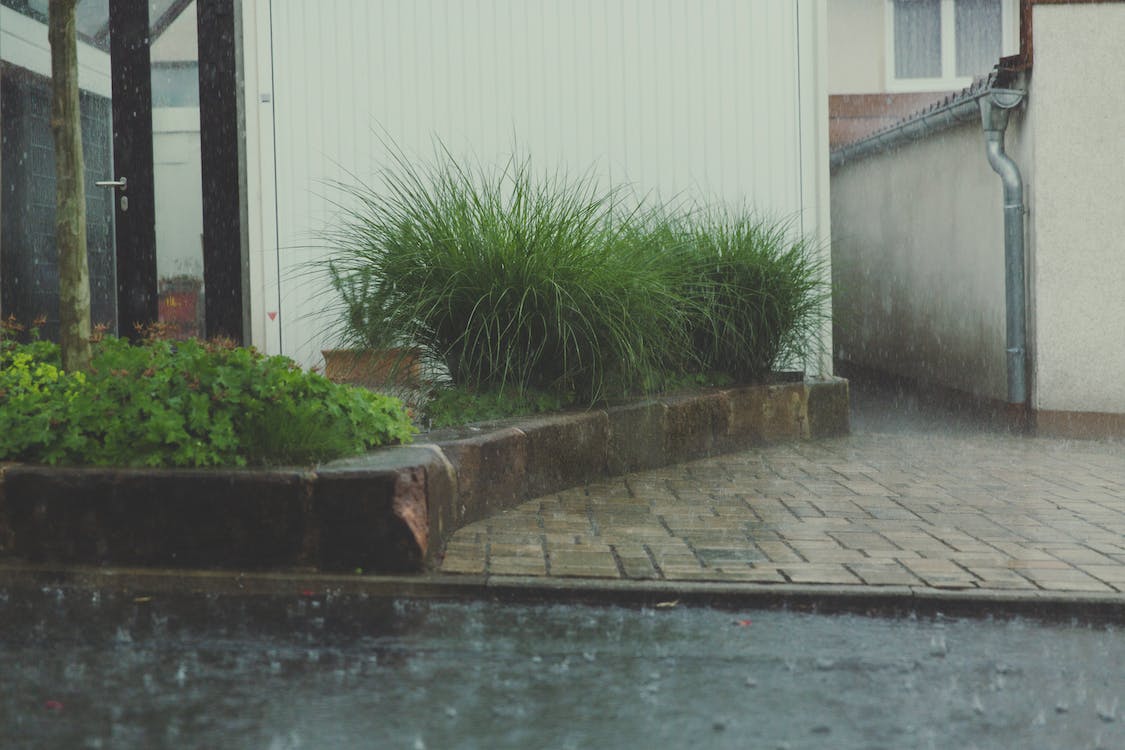Storm drains, also known as storm sewers, are a crucial part of any urban infrastructure, and yet many people are not fully aware of what they are or how a stormwater drain functions.
In simple terms, a storm drain is a system of underground pipes, channels, and structures designed to manage and control the flow of rain or storm water runoff.
In this blog, we will explore the importance of storm drains, their design and construction, and the role they play in preventing flooding and protecting public health and safety.
What is the Purpose of a Storm Drain?
The primary purpose of storm drains is to manage and control the flow of rainwater and other surface runoff in urban areas. Storm drains collect and transport water away from streets, parking lots, and other paved surfaces, reducing the risk of flooding and erosion. Storm drains are an essential component of urban infrastructure and help to protect public safety and property.
Storm drains are an important feature of urban infrastructure, as they help to protect cities and towns from floods, erosion and other environmental hazards that can arise when heavy rains strike.
By collecting large volumes of water quickly and transporting it away from the affected area, storm drains help prevent street flooding and damage to buildings and automobiles. They also act as useful protection against erosion, by ensuring the water flow runs off hillsides and slopes in a controlled manner, lessening the likelihood of landslides and other soil instabilities. In this way, storm drains play a critical role in safeguarding urban areas from harm caused by harsh weather events.
Where Does The Water in a Storm Drain Go?

Storm drains play a vital role in ensuring proper water management in urban areas. As rainwater and other surface runoff flows into the storm drain system through grates or openings, it is transported away from impermeable surfaces, such as streets and parking areas, via underground pipes and channels. The water then reaches the exit points of the system and is typically discharged into nearby waterways, such as streams, rivers, lakes, or oceans.
What Effect Does This Have on the Environment?
Although storm drain systems do have components such as filtration devices that are employed to ensure collected water meets safety standards before being discharged, the reality is that untreated stormwater being discharged into waterways is detrimental to the environment.
Stormwater runoff can contain pollutants, such as oil, grease, heavy metals, and other chemicals, which can harm aquatic life, damage ecosystems, and impair water quality. These pollutants can also accumulate in sediments, posing long-term risks to the health of fish and other wildlife. What's more, untreated stormwater can contribute erosion and sedimentation, leading to increased turbidity and reduced oxygen levels in waterways, which can further harm aquatic life.
Tips for Mitigating these Consequences
Despite there being environmental consequences to storm sewer systems dispose of stormwater runoff, there are certain things we can do on an individual level to reduce the damage they cause. One of the most effective ways to help is to decrease the amount of pollutants that enter storm drains in the first place. This can be achieved by properly disposing of hazardous materials, such as paint and motor oil, and avoiding the overuse of fertilizers and pesticides on lawns and gardens.
Some individuals install rain barrels or use other rainwater harvesting systems to reduce the volume of stormwater that enters storm drains. Participating in local clean-up efforts or reporting instances of illegal dumping or pollution can also help to protect waterways and reduce the impact of untreated stormwater. By implementing simple measures like these, we can accentuate the good storm drains systems do and lessen the bad to create a healthier environment and more sustainable communities.
Storm Drain Infrastructure
The infrastructure of a storm sewer system consists of several components designed to collect, disperse, and discharge stormwater runoff. The first component is a series of grates spread across the urban environment that allow stormwater to enter the drainage system. From there the runoff falls into catch basins, which collect water from the surface and direct it to underground pipes.
These pipes transport the water through filters and then onwards to detention ponds that store and slowly release the stormwater runoff to prevent flooding and reduce the impact on downstream waterways. The coordination of each of these specific components allow storm drains to effectively manage stormwater and protect our urban environments from water damage.
What is the Difference Between A Storm Drain and a Sewer?

Storm drain and sanitary sewer systems are two distinct pieces of infrastructure used to manage different types of waste. A storm drain is used to manage surface water runoff that accumulates due to rainfall, melting snow or other precipitation events. On the other hand, a sanitary sewer is designed to carry wastewater from toilets, sinks, and other plumbing fixtures in homes and businesses.
The main difference between storm drains and sanitary sewers is the type of waste they carry, as mentioned above. Another key difference is that the waste carried by sanitary sewers is transported to a wastewater treatment plant for processing, whereas stormwater runoff undergoes filtering, if anything at all, before it enters natural bodies of water.
Sanitary sewers are connected to a network of pipes that carry wastewater from residential, commercial, and industrial sources to a treatment plant. At the treatment plant, the wastewater undergoes a series of physical, chemical, and biological processes to remove contaminants, bacteria, and other pollutants before the treated water is discharged back into the environment. Nonetheless, both of these systems, despite often being overlooked, contribute to the safe, and clean environments we enjoy in our urban areas.
Vodaland - Innovative Drainage Solutions
If you're wondering where to buy storm drain grates or any other drainage equipment, look no further than Vodaland USA. For over two decades we have provided our customers with the most effective drainage and landscaping solutions. Whether you require a comprehensive overhaul of your property's landscape or simply an efficient way to manage excess water, our team of highly-skilled professionals is here to help.
With a range of state-of-the-art systems that are designed and manufactured in house, we can ensure that your property and community are adequately protected from water damage while also being visually appealing. So don't wait, get your Vodaland drainage solutions today!



Leave a comment
This site is protected by hCaptcha and the hCaptcha Privacy Policy and Terms of Service apply.